The following is what bloggers think is right self Materials that have been explained thoroughly and concisely .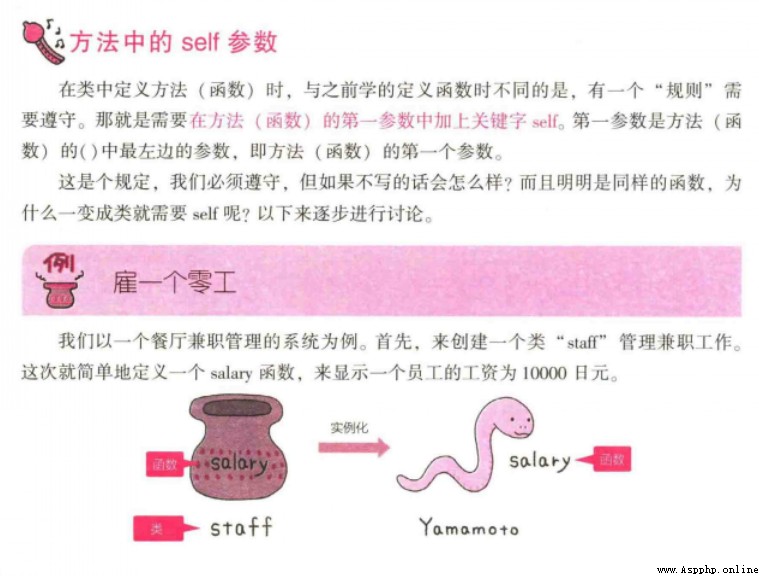
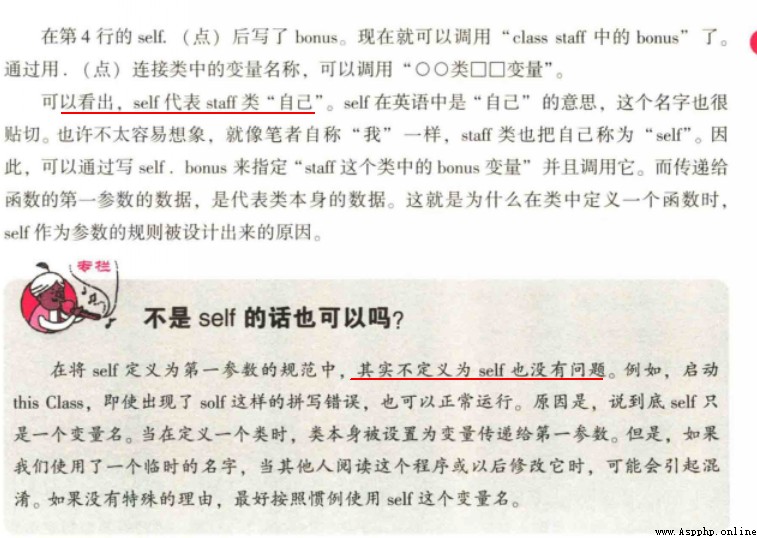
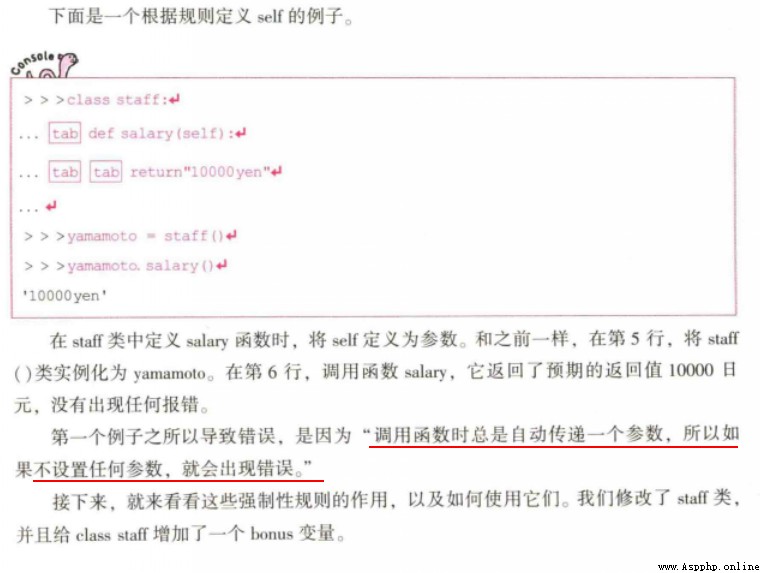
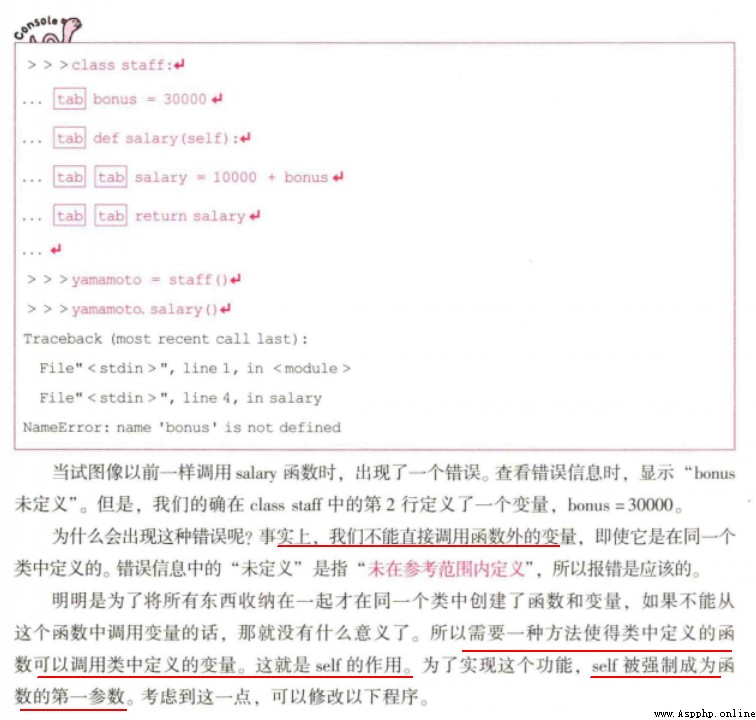
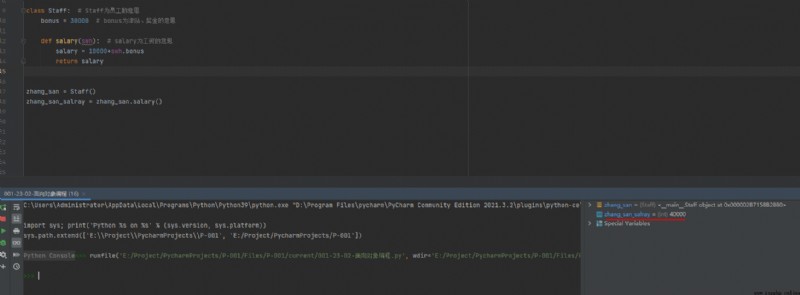

The above information makes this question simple and clear , Let's look at it carefully and believe it is right self Have a deep understanding .
To sum up :
stay Python For object-oriented programming , When a member function is called , Whether the function has parameters or not , There will be a parameter passed to it , This parameter is the class itself , So when we define a member function, whether or not there is parameter passing , Write a parameter , This parameter represents the class itself , With this parameter, we can reference the member variables and member functions of the class .
This parameter is usually named self, Of course you can also write other names , But for the standard and readability of the code , This is not recommended .
therefore , The following code :
class Staff: # Staff For the employees
bonus = 30000 # bonus For allowance 、 Bonus means
def salary(self): # salary It means salary
salary = 10000+self.bonus
return salary
zhang_san = Staff()
zhang_san_salray = zhang_san.salary()
We can also write as :
class Staff: # Staff For the employees
bonus = 30000 # bonus For allowance 、 Bonus means
def salary(swh): # salary It means salary
salary = 10000+swh.bonus
return salary
zhang_san = Staff()
zhang_san_salray = zhang_san.salary()
The code above , It must work correctly , As shown in the figure below :